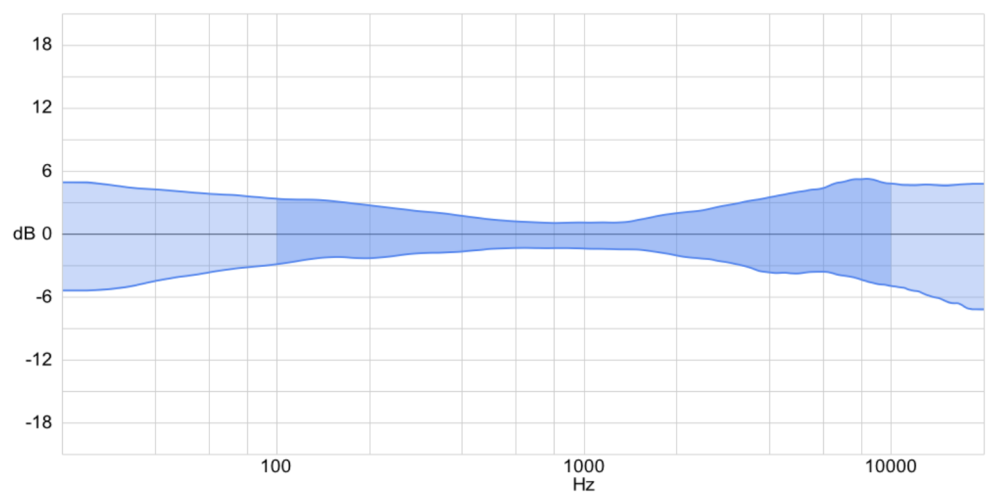Why do these two target curves sound so different from each other? I know it's about the methodology - Sonarworks uses a different dummy head to perform the measurements. They also include how the body perceives bass impact in the calibration, that's why it sounds do different.
But wait. Isn't the goal of both to soundflat? I mean, even if they're using different methodologies, if the result can't be the same, it should at least be close, right?
In my overall experience comparing the two, I find Harman way brighter than Sonarworks.
"So maybe I just have to compare them again to know if what I'm hearing is really true" - then Sonarworks sounds like it has too much 2-5kHz when compared to Harman.
"Ok, maybe one more comparison" - then Harman sounds like piercing the ears/hollow.
Because of this never ending comparison, without a reference of how flat really sounds like, I just don't know what target to trust. I've never been into a mixing room nor have listened to calibrated speakers.
The quest can't stop, right?
I've been thinking about getting Genelec's expensive Aural ID, to see if I can come close to hearing a flat sound, but then the issue would still be there: the headphone's damn coloration.
Even worse! To my understanding, because the HRTF produces a particular frequency response, using a pre-defined calibration like Harman or Sonarworks is probably going to do more harm than good, because they're using a different head/ears than mine to perform the measurements and the frequency response would disalign the one introduced by my HRTF.
A light at the end of the tunnel. A really far one, but hey, it's there. I think my search for a flat sound is over until I get some flat-measuring speakers and acoustically treat my room for this purpose.
But wait, this can't be over! Is this really the end of the search for hearing a flat sound with headphones? How could one know which curve to trust if they have no real reference of a flat sound?Or one that's closest to flat, at least? 
But wait. Isn't the goal of both to sound
In my overall experience comparing the two, I find Harman way brighter than Sonarworks.
Because of this never ending comparison, without a reference of how flat really sounds like, I just don't know what target to trust. I've never been into a mixing room nor have listened to calibrated speakers.
The quest can't stop, right?
I've been thinking about getting Genelec's expensive Aural ID, to see if I can come close to hearing a flat sound, but then the issue would still be there: the headphone's damn coloration.
Even worse! To my understanding, because the HRTF produces a particular frequency response, using a pre-defined calibration like Harman or Sonarworks is probably going to do more harm than good, because they're using a different head/ears than mine to perform the measurements and the frequency response would disalign the one introduced by my HRTF.
A light at the end of the tunnel. A really far one, but hey, it's there. I think my search for a flat sound is over until I get some flat-measuring speakers and acoustically treat my room for this purpose.
But wait, this can't be over! Is this really the end of the search for hearing a flat sound with headphones? How could one know which curve to trust if they have no real reference of a flat sound?
Last edited:


